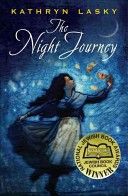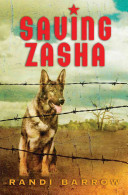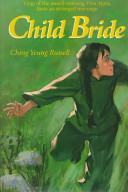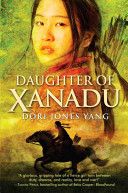
When Sarah Glidden took a “Birthright Israel” tour, she thought she knew what she was getting herself into. But when she got to Israel, she found that things weren’t quite so simple. HOW TO UNDERSTAND ISRAEL is Sarah’s memoir not only of her Israeli government sponsored trip through Tel Aviv, Jerusalem, the Golan Heights, Masada and other famous locations, but of the emotional journey she never expected to take while she was there. Her experience clashes with her preconceived notions again and again, particularly when she tries to take a non-chaperoned trip into the West Bank. Sarah is forced to question first her political beliefs and, ultimately, her own sense of identity, until she finds that to understand Israel she first must come to understand herself.







